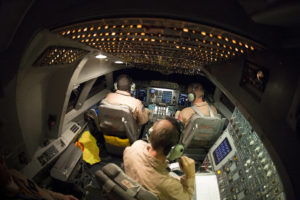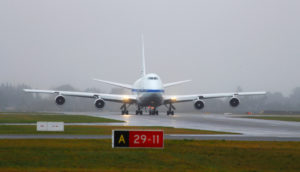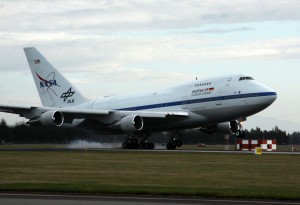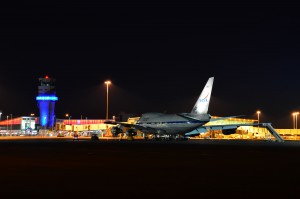Dr. Kimberly Ennico Smith, SOFIA Project Scientist
SOFIA, the world’s only flying observatory, is in Christchurch, New Zealand for the next few weeks, to enable unique infrared observations from the Southern Hemisphere. From here, we can study our galaxy’s center and nearby galaxies, the Magellanic Clouds, which will feature prominently in our observations in the weeks to come.
I flew onboard SOFIA on the journey south from its home base at NASA’s Armstrong Flight Research Center, in southern California. We stopped in Honolulu, Hawaii, to refuel and change crews on the way to New Zealand.
During the flight, I got a chance to hang out in the cockpit and spend time with the flight engineer. He explained what all the dials and buttons do — some monitor the temperature of the engines and control the engine heaters, others monitor the airplane’s elevation.

The rest of my fellow passengers were a mixture of mechanics, software engineers, telescope operators, and avionics technicians. We got to chatting about all sorts of avionics systems and swapped stories. They know the world of aircraft inside and out and it was truly a pleasure to pick their brains over the two long flights down south.

We are ready to observe the solar system and beyond from the National Science Foundation’s Antarctic Program Facility at Christchurch Airport!


